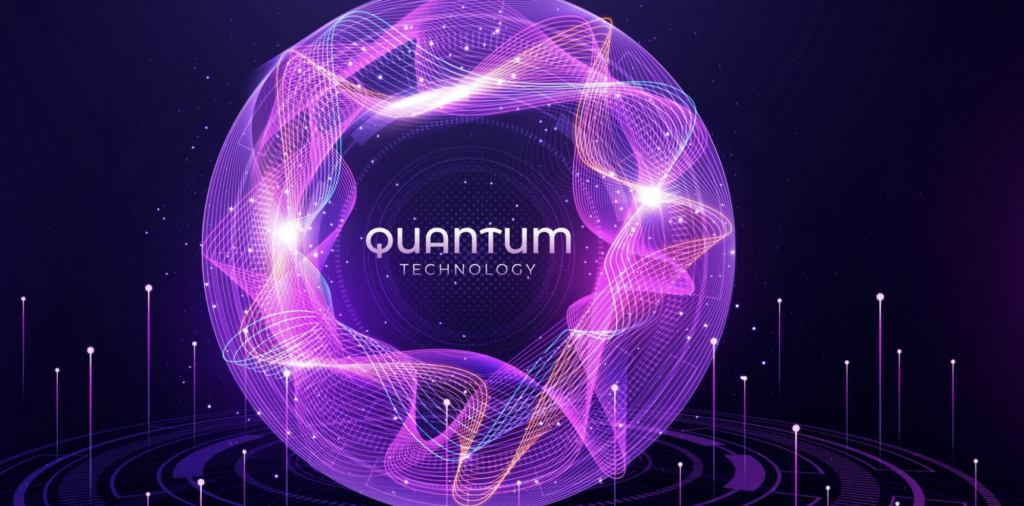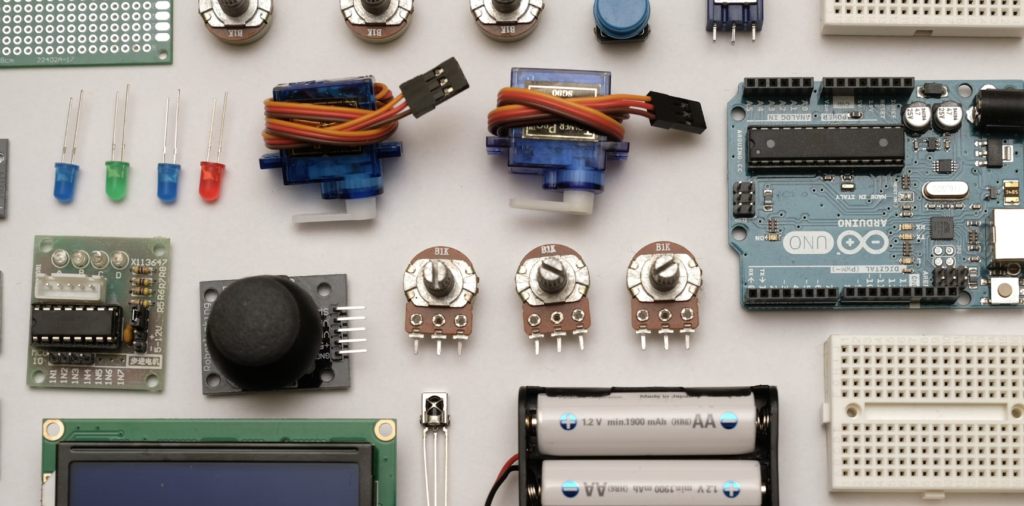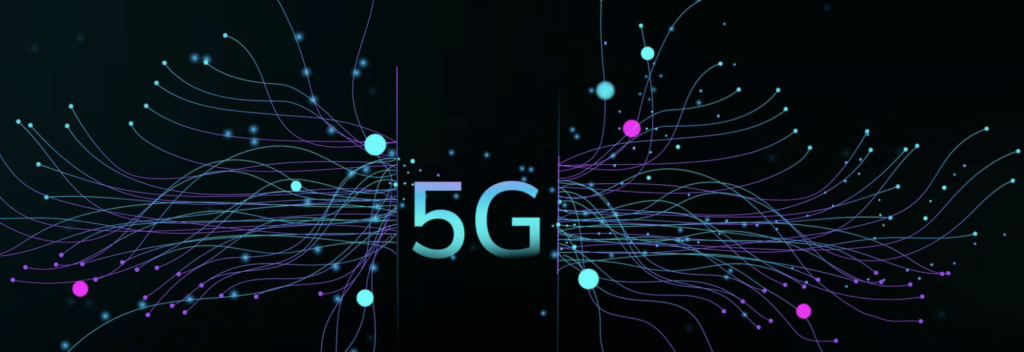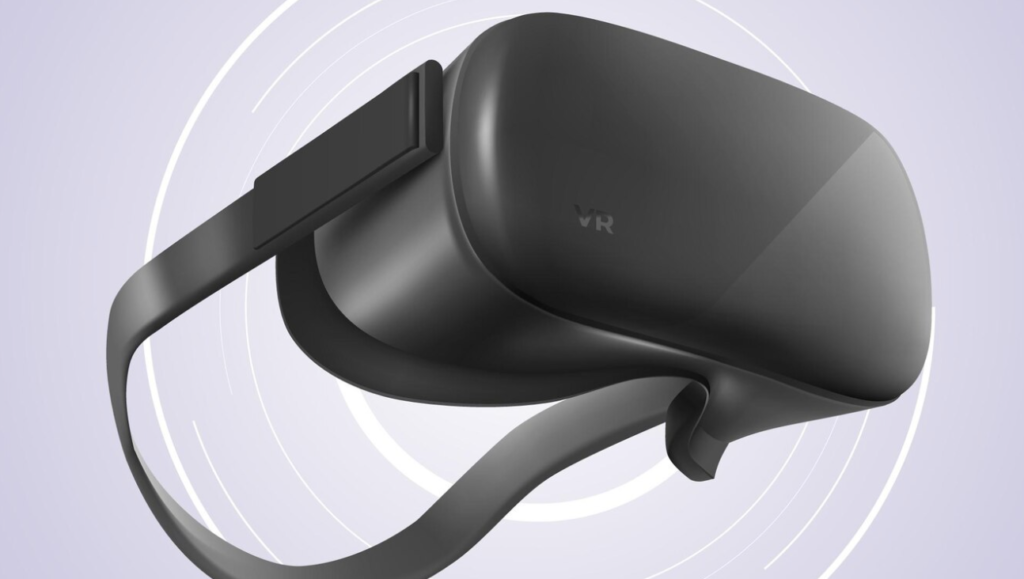Technology is getting better every day. We see new tech stuff happening all the time, and this happens because of different reasons. Some of these reasons include new discoveries from research, making new things, and responding to what people want.
Let’s look at one way technology trends changes every day – the fast growth of artificial intelligence (AI) and machine learning. These smart technologies are used in different areas like healthcare, finance, and shops to make things work better and help people make decisions.
Now, let’s talk about another tech trend – the Internet of Things (IoT). This means more and more gadgets are getting connected, like your smartwatch or a smart fridge. They can talk to each other and share information.
The Internet of Things is changing how we talk to the world around us. It’s also helping make new things and services that depend on this connection. Technology is moving really quickly, and we think this will keep happening as more new tech things are made and used.
Discover the upcoming 15 New Technology Trends, Continue reading to find out about the top 15 innovations you can expect.
New and Noteworthy Technology Trends for 2024
Keeping pace with future technology trends is paramount in today’s fast-evolving landscape, especially given the rapid changes influenced by the internet. For those working in the software industry, staying abreast of these developments is essential. As we venture into 2024, several emerging technology trends are poised to shape our futuristic world. Tech trends in business also taking new shape.
Lets discuss top technology trends one by one.
1- Quantum Computing:
Quantum computing is an advanced and interdisciplinary field that combines principles from quantum mechanics, computer science, and information theory.

2 – Internet of Things (IoT):
The Internet of Things (IoT) refers to a network of interconnected physical devices that communicate and exchange data with each other through the internet. These devices, often embedded with sensors, actuators, and other technologies, collect and share information, creating a seamless flow of data.

The Internet of Things IOT is a transformative paradigm that has the potential to enhance efficiency, productivity, and convenience in various aspects of daily life and business operations. However, it also raises concerns related to privacy, security, and the ethical use of the vast amounts of data generated by interconnected devices.
3 – Cybersecurity:
Cybersecurity refers to the practice of protecting computer systems, networks, and digital infrastructure from theft, damage, or unauthorized access. Its primary goal is to safeguard sensitive data, maintain the integrity of systems, and ensure the availability of resources. As technology advances and our reliance on digital platforms increases, cybersecurity technology trends plays a crucial role in safeguarding individuals, organizations, and governments from cyber threats.
4 – 5G Wireless Technology
5G, or fifth-generation wireless technology, represents the latest standard in mobile telecommunications. It succeeds 4G (LTE) and is designed to provide faster and more reliable wireless communication, with enhanced capabilities to support a wide range of devices and applications.

The deployment of 5G networks has implications for various industries, including telecommunications, healthcare, transportation, and manufacturing. The increased speed, capacity, and low latency of 5G are expected to support the development and adoption of new technologies and applications, paving the way for a more connected and data-driven future.
5 – Artificial Intelligence (AI) and Machine Learning (ML)
Artificial Intelligence (AI) and Machine Learning (ML) are interconnected fields that involve the development of systems and algorithms to enable machines to perform tasks that typically require human intelligence.
6 – Digital Twins
Digital twins refer to virtual representations or digital replicas of physical objects, systems, or processes. These digital counterparts are created using real-time data and simulation to mimic the behavior, characteristics, and dynamics of their physical counterparts.
7 – Robotic Process Automation (RPA)
Robotic Process Automation (RPA) refers to the use of software robots or “bots” to automate repetitive, rule-based tasks within business processes. These bots mimic the actions of a human user interacting with digital systems to execute tasks, manipulate data, and perform transactions.
8 – Edge Computing
Edge computing is a groundbreaking distributed computing paradigm that entails processing and analyzing data near the source of data generation, rather than relying on a centralized cloud-based server. In edge computing, computation and data storage are executed closer to the devices or “edge” of the network, significantly reducing latency and enhancing real-time processing capabilities.
9 – Blockchain
Blockchain is a decentralized and distributed digital ledger technology that enables secure and transparent record-keeping of transactions across a network of computers. The fundamental concept of blockchain is to create a tamper-resistant and verifiable chain of blocks, each containing a list of transactions.
10 – Autonomous Vehicles
Autonomous vehicles, often referred to as self-driving cars or driverless cars, are vehicles equipped with advanced technology that enables them to navigate and operate without human intervention. These vehicles use a combination of sensors, cameras, radar, lidar, and artificial intelligence (AI) algorithms to perceive their surroundings, make decisions, and navigate routes.
11 – Virtual and Augmented Reality (VR/AR)
Virtual Reality (VR) and Augmented Reality (AR) are immersive technologies that alter or enhance the way we perceive and interact with the real or virtual world. Both technologies have applications across various industries, including gaming, education, healthcare, training, and more.

Augmented Reality (AR):
Mixed Reality (MR):
Mixed Reality is a term that encompasses both VR and AR, allowing the interaction of digital content with the real world and vice versa. It aims to create a spectrum where virtual and real elements coexist and interact in real-time.
Both VR and AR continue to evolve, with ongoing advancements in hardware, software, and content development. These technologies have the potential to reshape various aspects of our daily lives and industries, offering new ways to work, learn, and entertain.
12 – Datafication
Datafication refers to the process of transforming various aspects of our lives, activities, and the world at large into data. This involves the collection, processing, and analysis of vast amounts of information to derive insights, patterns, and knowledge. The term is closely associated with the rise of big data, advanced analytics, and the increasing digitization of various processes.
13 – Human Augmentation
Human augmentation refers to the use of various technologies to enhance the capabilities of the human body, either by improving physical attributes or by adding new functionalities. This field encompasses a range of technologies that can be applied to enhance human performance, cognition, sensory perception, and overall well-being. Human augmentation technologies have applications in various fields, including healthcare, industry, sports, and daily life. Here are some key aspects of human augmentation.
14 – 3D Printing
3D printing, also known as additive manufacturing, is a transformative technology that builds objects layer by layer from digital models. Unlike traditional subtractive manufacturing processes, which involve cutting or shaping material to create objects, 3D printing adds material layer upon layer, allowing for precise and complex geometric shapes. This technology has applications in various industries and has the potential to revolutionize manufacturing and prototyping processes.
15 – Renewable Energy
Renewable energy refers to energy derived from naturally replenishing resources that are virtually inexhaustible on a human timescale. Unlike fossil fuels, which are finite and contribute to environmental issues such as climate change, renewable energy sources are sustainable and have a lower environmental impact. The most common forms of renewable energy include solar, wind, hydroelectric, geothermal, and biomass.

![Mobile Phone Brands with Country, Top Indian mobile brands to buy [2024]](https://seoinfotech.com/wp-content/uploads/2021/06/mobile-e1592558341853-300x110.png)

